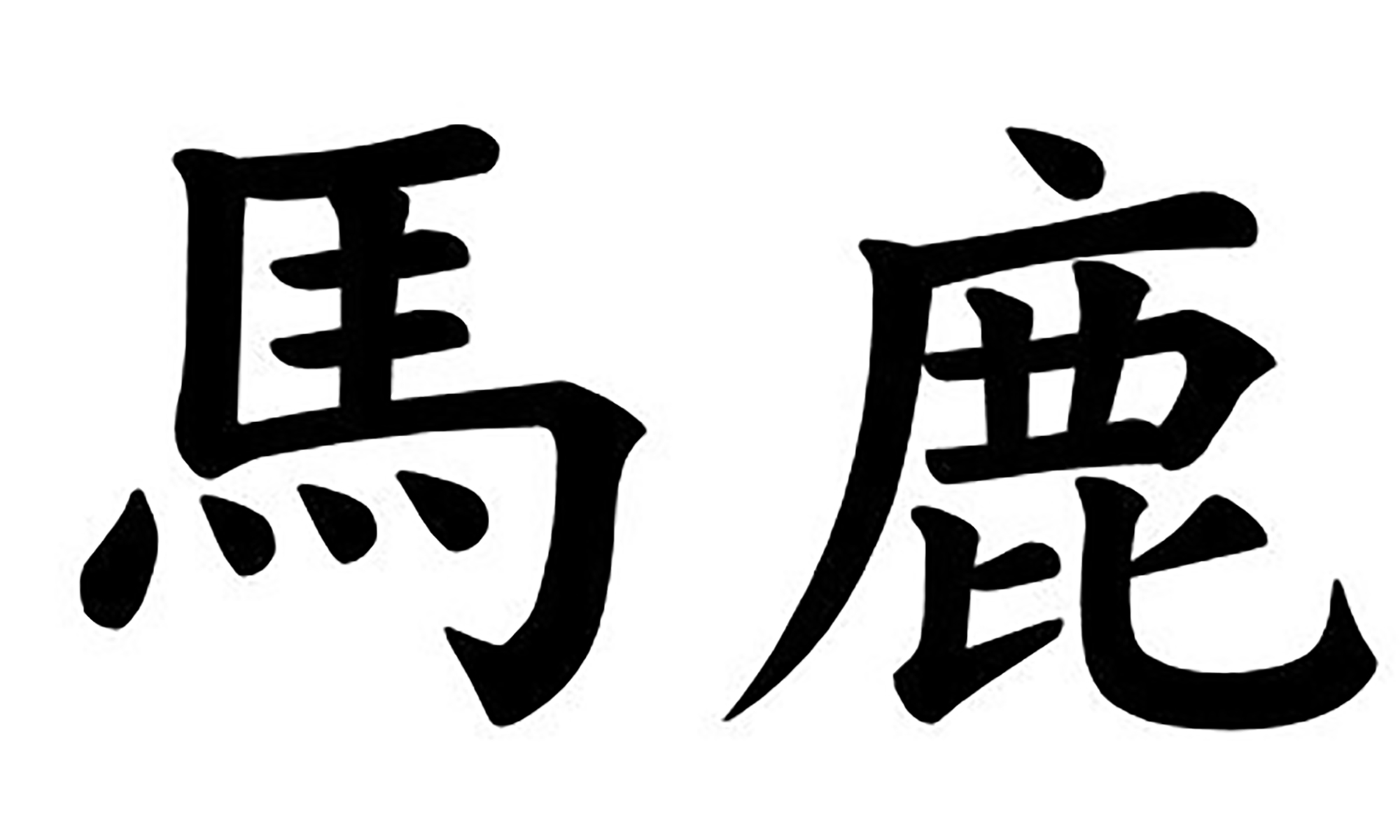Other days, the bear gets you. Seems like that’s most days, anymore.
Two rotten Supreme Court decisions in a row, both of which disregard stare decisis and the rule of law (sorry Bobbi, but I think that’s kind of important) to come to twisted conclusions.
The oddity is that John Roberts wrote the first decision, and then turned around and wrote a masterful dissent to the second one. What is up with that guy?
Those who founded our country would not recognize the majority’s conception of the judicial role. They after all risked their lives and fortunes for the precious right to govern themselves. They would never have imagined yielding that right on a question of social policy to unaccountable and unelected judges. And they certainly would not have been satisfied by a system empowering judges to override policy judgments so long as they do so after “a quite extensive discussion.” Ante, at 8. In our democracy, debate about the content of the law is not an exhaustion requirement to be checked off before courts can impose their will. “Surely the Constitution does not put either the legislative branch or the executive branch in the position of a television quiz show contestant so that when a given period of time has elapsed and a problem remains unresolved by them, the federal judiciary may press a buzzer and take its turn at fashioning a solution.” Rehnquist, The Notion of a Living Constitution, 54 Texas L. Rev. 693,700 (1976). As a plurality of this Court explained just last year, “It is demeaning to the democratic process to presume that voters are not capable of deciding an issue of this sensitivity on decent and rational grounds.” Schuette v. BAMN, 572 U. S. ___, ___ –___ (2014) (slip op., at 16– 17).
The Court’s accumulation of power does not occur in a vacuum. It comes at the expense of the people. And they know it.
